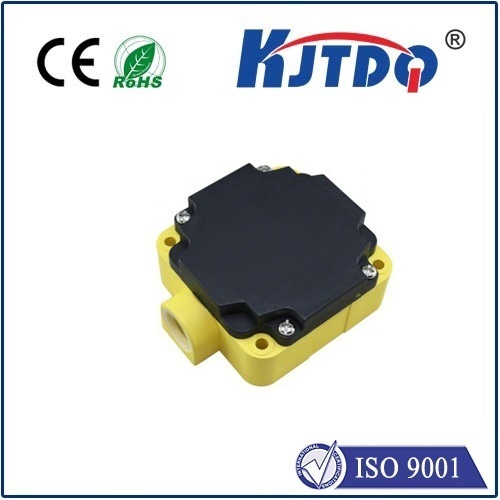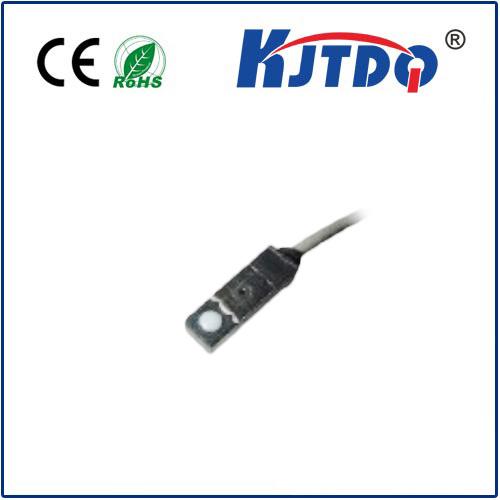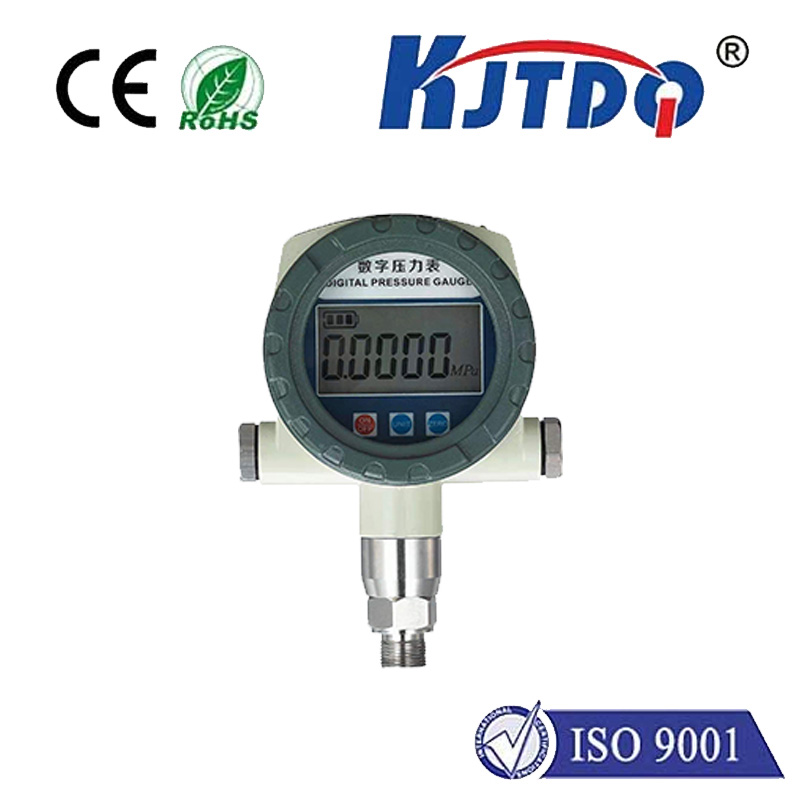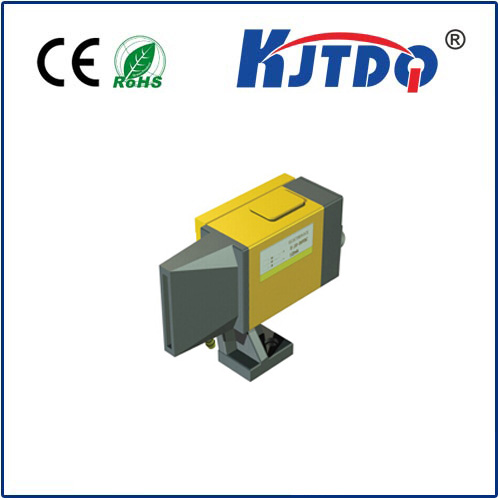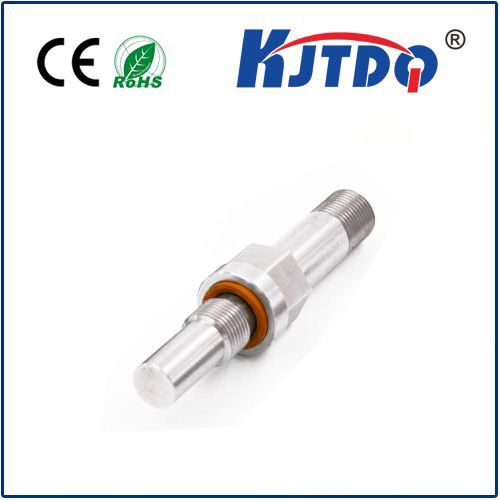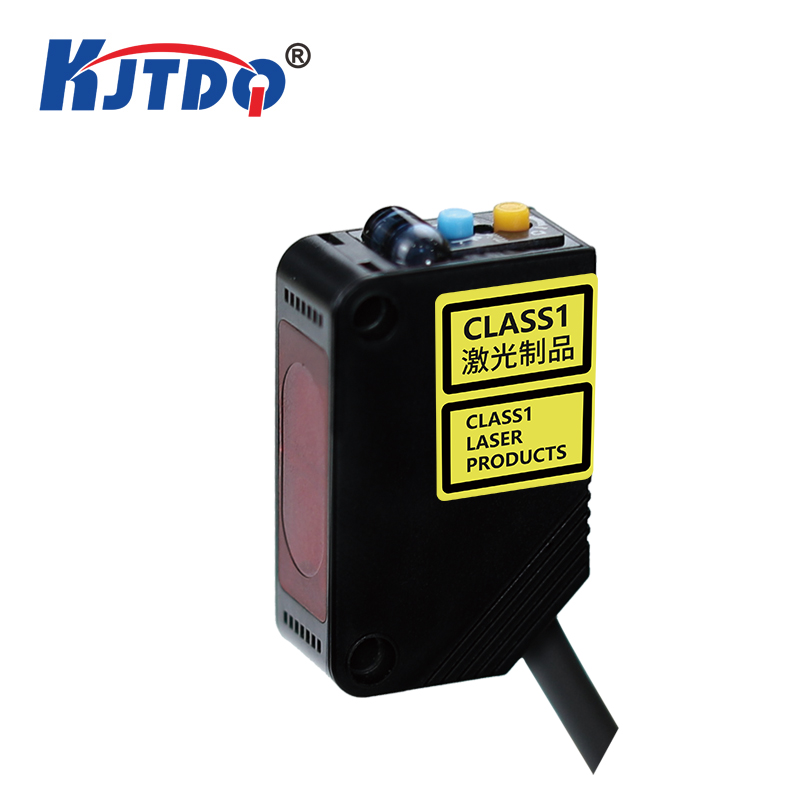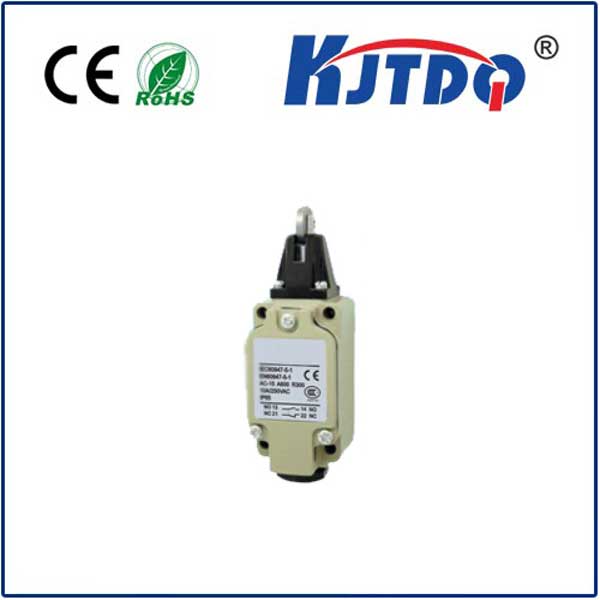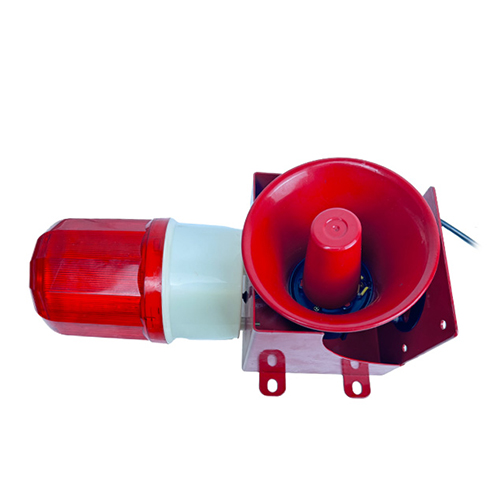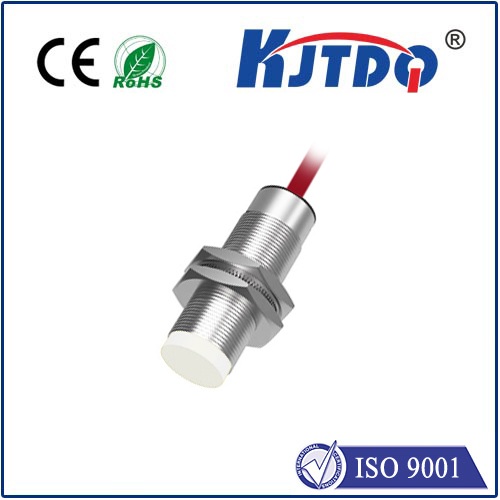snmp temperature sensor
- time:2025-08-20 02:15:50
- Click:0
SNMP Temperature Sensors: Your Network’s Silent Guardian Against Overheating Catastrophe
What keeps your servers humming and network switches from silently melting down when no one’s physically watching? In the relentless, always-on world of modern IT infrastructure, the answer often lies in a remarkably unsung hero: the SNMP temperature sensor. These unassuming devices, strategically embedded within racks, enclosures, and critical equipment, provide the essential, real-time thermal intelligence that separates proactive maintenance from catastrophic downtime. Understanding how SNMP transforms simple temperature readings into actionable network insights is fundamental for robust infrastructure management.
Demystifying the Duo: SNMP and Temperature Sensing
At its core, an SNMP temperature sensor is a physical or integrated component designed to measure ambient or surface temperature within a specific environment – typically a server room, data center cabinet, network closet, or even within individual devices like routers and switches. Its true power, however, is unlocked by the Simple Network Management Protocol (SNMP).
SNMP acts as the universal language, enabling the sensor to communicate its readings to a central Network Management System (NMS) over your existing IP network. Think of it this way: the sensor is the data collector, SNMP is the communication protocol carrying that data, and the NMS is the command center interpreting and acting upon it. This seamless integration allows for remote, continuous monitoring without the need for manual checks at every device or rack.

How SNMP Temperature Monitoring Actually Works: Beyond the Thermometer
The process is elegantly efficient:
- Data Acquisition: The sensor constantly measures temperature, converting this physical state into digital data.
- SNMP Agent: The sensor itself, or the device hosting it (like a smart PDU or server BMC), runs an SNMP agent. This software component holds the sensor’s data and responds to requests.
- The OID – The Unique Identifier: Each piece of data the agent manages (like temperature reading, sensor status, high/low thresholds) is assigned a unique Object Identifier (OID). This is like a specific address for that data point within the vast SNMP structure.
- Polling (GET Requests): The NMS periodically sends SNMP GET requests to the agent, asking for the value of specific temperature OIDs. This provides regular snapshots of thermal conditions.
- Traps (Alerts): Crucially, agents can be configured to send unsolicited SNMP TRAP messages directly to the NMS when predefined conditions are met. This is the powerhouse of proactive monitoring. For instance, if the temperature surpasses a critical threshold (e.g., 95°F / 35°C), the sensor sends a TRAP immediately, alerting administrators before equipment fails.
- NMS Action: The NMS receives the polled data or traps. It logs the temperature history, displays current readings on dashboards, and, most importantly, triggers alerts (email, SMS, dashboard alarms) based on the received values and configured thresholds. This allows for rapid incident response.
Why SNMP Temperature Sensors Are Non-Negotiable for Modern IT
Integrating SNMP temperature sensors into your monitoring strategy delivers tangible, critical benefits:
- Proactive Failure Prevention: Overheating is a primary killer of electronic components (CPUs, hard drives, power supplies, memory). SNMP sensors provide the earliest possible warning of rising temperatures, allowing intervention before hardware fails catastrophically. This directly translates to minimized unplanned downtime.
- Optimized Cooling Efficiency: Data center cooling consumes massive amounts of energy. By mapping temperature variations across racks and aisles using multiple sensors, you can identify hot spots and cold spots. This intelligence allows for precise cooling adjustments, potentially shutting down or throttling cooling units in cooler zones, leading to significant energy savings (PUE improvement).
- Reduced Operational Costs & Resource Drain: Automating temperature monitoring eliminates the need for constant manual rounds with handheld thermometers. IT staff are freed for higher-value tasks, and the cost of replacing failed hardware due to overheating is drastically reduced.
- Enhanced Asset Lifespan: Consistent operation within recommended temperature ranges extends the usable life of servers, storage, and networking gear. Preventing thermal stress pays dividends in deferred capital expenditure.
- Compliance & Auditing: Many industry regulations and internal policies require environmental monitoring. SNMP sensors provide the continuous logging and alerting necessary to demonstrate compliance and maintain detailed audit trails.
- Remote Management & Scalability: Especially crucial for distributed environments, branch offices, or co-location facilities, SNMP allows centralized monitoring of temperatures anywhere on the network. Adding new sensors is typically straightforward, scaling your monitoring footprint as your infrastructure grows.
Implementing SNMP Temperature Sensing: Key Considerations
Deploying an effective solution involves more than just plugging in sensors:
- Sensor Type & Placement: Choose sensors suited to the environment (air, surface-mount, probe). Strategic placement is vital – near air intakes/exhausts, top/middle/bottom of racks, near critical devices. Over-monitoring is better than under-monitoring.
- SNMP Version: While SNMPv3 is strongly recommended for its enhanced security (authentication, encryption), organizations might still use SNMPv1 or v2c. Understand the security implications and access controls. Never leave community strings as ‘public’/‘private’!
- MIBs (Management Information Bases): The MIB file defines the specific OIDs used by a sensor/manufacturer. Ensuring your NMS has the correct MIB loaded is essential for the NMS to correctly interpret the data sent by the sensor’s agent.
- Threshold Configuration: Setting meaningful, actionable temperature thresholds for alerts is critical. Avoid alarm fatigue by differentiating between warning (e.g., 85°F / 29°C) and critical (e.g., 95°F / 35°C) levels. Consider time delays or averaging to filter transient spikes.
- NMS Selection: Choose an NMS that robustly supports SNMP polling and traps, provides flexible alerting mechanisms, clear visualization (dashboards, graphs), and historical data logging. Open-source options (Nagios, Zabbix, LibreNMS) and commercial platforms abound.
- Infrastructure Impact: While SNMP traffic is generally low-bandwidth, ensure network devices (switches, routers) between sensors and the NMS are configured to allow SNMP traffic (UDP ports 161 for polling, 162 for traps).
The Future: Integration and Intelligence
SNMP remains the bedrock protocol for network device monitoring, including environmental sensors. However, its role is evolving within broader ecosystems. Expect deeper integration with DCIM (Data Center Infrastructure Management) tools, building management systems (BMS), and the Industrial Internet of Things (IIoT). SNMP temperature data will increasingly be combined with humidity, power, airflow, and other sensor inputs, feeding AI-powered analytics platforms that predict failures, optimize cooling dynamically, and provide holistic infrastructure health insights. SNMP provides the crucial, reliable data stream that fuels this next level of intelligence.
SNMP temperature sensors are far more than simple thermometers wired to a network. They are mission-critical components in the defense against one of the most common causes of IT failure: excessive heat. By providing reliable, real-time data accessible across the network through the ubiquitous SNMP protocol, they empower IT teams to safeguard hardware, ensure uptime, optimize energy use, and make truly data-driven infrastructure decisions. In an era where












